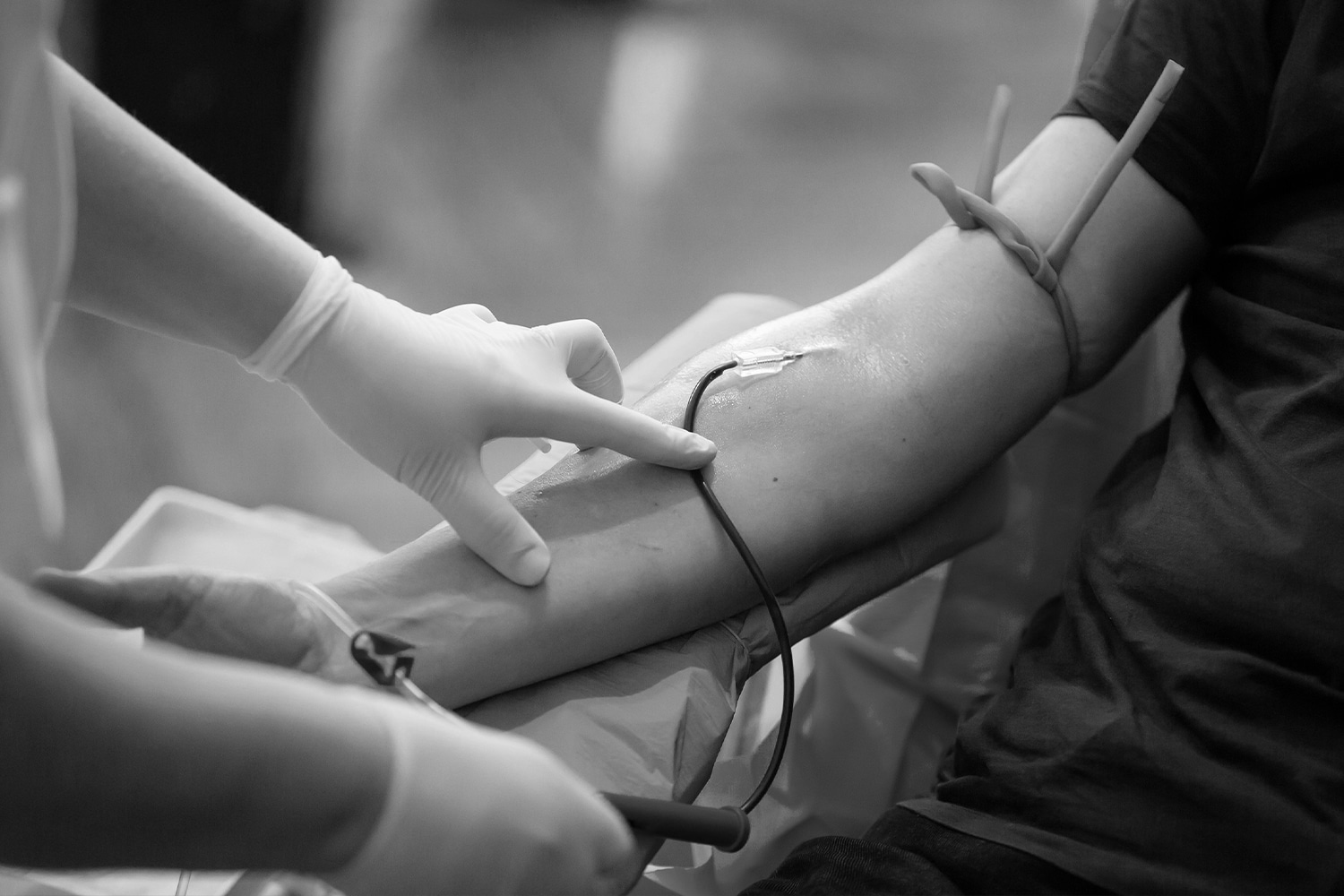Some Known Facts About Northeast Medical Institute - New Haven Campus Phlebotomy Course & Cna Class.
Some Known Facts About Northeast Medical Institute - New Haven Campus Phlebotomy Course & Cna Class.
Blog Article
Unknown Facts About Northeast Medical Institute - New Haven Campus Phlebotomy Course & Cna Class
Table of ContentsSome Known Questions About Northeast Medical Institute - New Haven Campus Phlebotomy Course & Cna Class.The Best Guide To Northeast Medical Institute - New Haven Campus Phlebotomy Course & Cna ClassThe Best Strategy To Use For Northeast Medical Institute - New Haven Campus Phlebotomy Course & Cna ClassThe Best Guide To Northeast Medical Institute - New Haven Campus Phlebotomy Course & Cna ClassThe 2-Minute Rule for Northeast Medical Institute - New Haven Campus Phlebotomy Course & Cna ClassThe Main Principles Of Northeast Medical Institute - New Haven Campus Phlebotomy Course & Cna Class
The use of such devices need to be gone along with by other infection prevention and control techniques, and training in their use.For settings with reduced resources, price is a motoring element in purchase of safety-engineered gadgets - CNA Classes. Where safety-engineered tools are not offered, proficient use a needle and syringe serves. Unexpected direct exposure and certain information regarding an incident need to be taped in a register. Support solutions should be advertised for those who undertake unexpected direct exposure.
One of the important pens of top quality of treatment in phlebotomy is the involvement and collaboration of the client; this is mutually useful to both the wellness worker and the patient. Clear info either composed or spoken ought to be offered to each client who undertakes phlebotomy. Annex F supplies sample message for explaining the blood-sampling treatment to a patient. labelling); transportation problems; analysis of outcomes for clinical management. In an outpatient department or clinic, offer a committed phlebotomy workstation containing: a clean surface area with 2 chairs (one for the phlebotomist and the other for the client); a hand clean container with soap, running water and paper towels; alcohol hand rub. In the blood-sampling space for an outpatient department or clinic, provide a comfy reclining sofa with an arm rest.
The Basic Principles Of Northeast Medical Institute - New Haven Campus Phlebotomy Course & Cna Class
Ensure that the signs for blood sampling are clearly specified, either in a written method or in documented guidelines (e.g. in a laboratory kind). Collect all the devices required for the procedure and location it within risk-free and very easy reach on a tray or trolley, making sure that all the items are clearly noticeable.
Present on your own to the individual, and ask the person to mention their complete name. Examine that the research laboratory form matches the patient's identity (i.e. match the person's information with the laboratory form, to ensure accurate recognition).
Make the person comfy in a supine placement (ideally). Location a clean paper or towel under the client's arm. Talk about the test to be carried out (see Annex F) and acquire verbal consent. The patient has a right to reject an examination any time prior to the blood sampling, so it is necessary to guarantee that the client has comprehended the procedure.
An Unbiased View of Northeast Medical Institute - New Haven Campus Phlebotomy Course & Cna Class
Expand the patient's arm and examine the antecubital fossa or forearm. Find a blood vessel of a good size that is visible, straight and clear.
DO NOT place the needle where capillaries are diverting, because this enhances the possibility of a haematoma. Finding the vein will aid in establishing the proper dimension of needle.
Haemolysis, contamination and visibility of intravenous liquid and medicine can all alter the results (39. Nursing staff and physicians may access main venous lines for samplings complying with procedures. Samplings from central lines lug a danger of contamination or erroneous research laboratory test results. It is appropriate, yet not optimal, to draw blood samplings when first presenting an in-dwelling venous device, prior to connecting the cannula to the intravenous liquids.
The Only Guide for Northeast Medical Institute - New Haven Campus Phlebotomy Course & Cna Class
Enable the location to completely dry. Failure to allow sufficient call time boosts the threat of contamination. DO NOT touch the cleaned up site; particularly, DO NOT place a finger over the blood vessel to guide the shaft of the subjected needle. It the site is touched, repeat the disinfection. Execute venepuncture as complies with.
Ask the person to create a hand so the capillaries are much more famous. Go into the capillary promptly at a 30 level angle or less, and remain to present the needle along the capillary at the simplest angle of access moved here - Phlebotomy Classes. Once adequate blood has been accumulated, launch the tourniquet BEFORE withdrawing the needle
The Basic Principles Of Northeast Medical Institute - New Haven Campus Phlebotomy Course & Cna Class
Withdraw the needle delicately and apply mild pressure to the site with a clean gauze or dry cotton-wool ball. Ask the person to hold the gauze or cotton wool in area, with the arm extended and increased. Ask the person NOT to flex the arm, because doing so creates a haematoma.

The 8-Second Trick For Northeast Medical Institute - New Haven Campus Phlebotomy Course & Cna Class
Do not press the syringe plunger due to the fact that added pressure boosts the threat of haemolysis. Where feasible, maintain the tubes in a rack and relocate the shelf in the direction of you. Inject downwards into the suitable coloured stopper. DO NOT eliminate the stopper since it will release the vacuum. If the example tube does not have a rubber stopper, inject very gradually right into television as reducing the pressure and velocity made use of to transfer the sampling lowers the threat of haemolysis.

Report this page